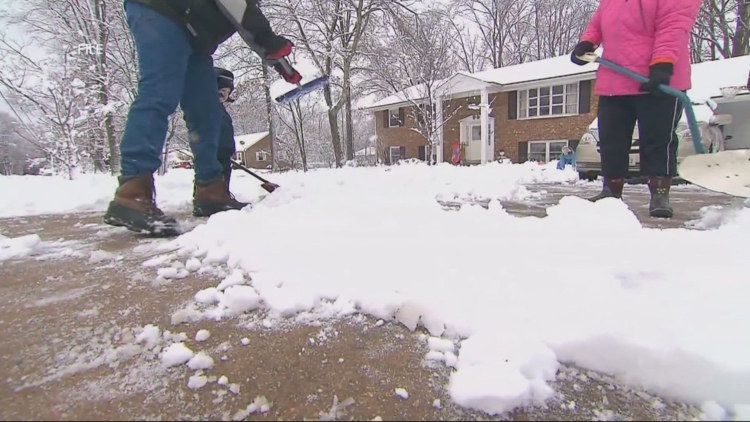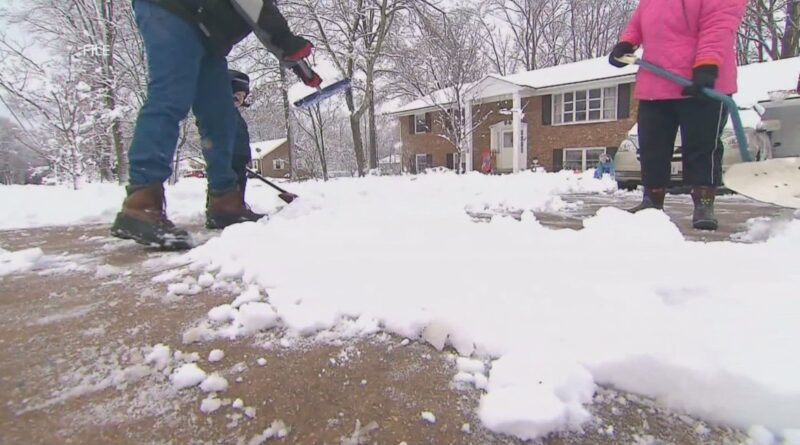Expert provides tips to prevent frostbite in cold temperatures

Frostbite can set in within a few minutes of outdoor exposure making it important to stay dry and warm during freezing temperatures.
LITTLE ROCK, Ark. — With temperatures below freezing, frostbite can be a concern for those who are spending time outside.
Dr. Josh Lyon with All for Kids Pediatric Clinic shared what areas should be covered to prevent kids from getting frostbite.
“The biggest thing is we want to cover those super, super sensitive areas. We want to cover those extremities really, really well,” Lyon said.
“Frostbite is most likely to occur in places like our ears, our nose, our chin, our cheeks, our fingers and our toes and so being very, very mindful of that,” Lyon said.
Staying warm and dry are key to minimizing frostbite concerns in freezing temperatures but also limiting the amount of time outside is important.
“You also want to dress those kids in layers, not just for warmth, but because getting wet is one of the primary things that are going to increase your risk for frostbite. So, if we can keep our kids in layers, we can keep that moisture out. So we want to do that for gloves. And change gloves frequently, change socks frequently, and be aware of those inner layers as they get wet,” Lyon said.
While gloves, hats and scarves can keep your face and fingers warm, having the right shoes can prevent toes from being frostbit.
“Finding shoes that are going to keep our feet as waterproof as possible around those layers and keep as much moisture out as possible, or just being willing to do a short period outside. If we don’t have those shoes, come inside, dry everything out, or change our shoes, and then get right back out to play,” Lyon said.
Skin isn’t the only area that should be covered. It’s also important to cover eyes when snow and ice are on the ground.
”The sun is bright, and when you’ve got these bright reflective surfaces, like bright white snow, all that shoots right back onto you, and so increases your risk for sunburn during those periods, increases your risk for your eyes to have some damage. Keeping kids in sunglasses, waiting even if it’s a little colder, a little bit of cloudy weather, or just try not to get outside in those peak bright times for your younger kids as well,” Lyon said.
If your child or you are experiencing severe frostbite, taking off wet clothing and getting to a warm area can help safely warm your body back up.
“Reheat those kids with some warm water. Not rubbing across their skin, because you want to watch for hard, waxy skin as they reheat. You want to watch for blisters as they reheat. You want to watch that numbness and that tingling if they are not going away. And if any of those things [occur], let somebody take a look at it,” Lyon said.

